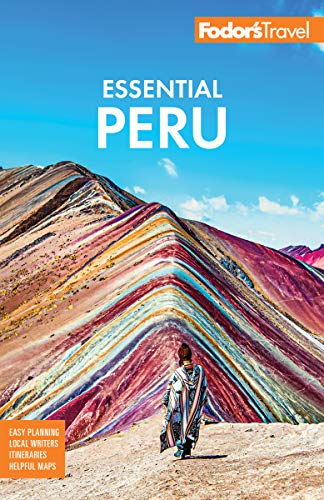Health and Safety
Machu Picchu is a breathtaking 1,000 meters (3,300 feet) lower than Cusco. The Inca Trail, however, at its highest point reaches 4,200 meters (13,776 feet). To be on the safe side about altitude effects, locally known as soroche, drink lots of fluids, and avoid or minimize alcohol and caffeine consumption. (Both can cause dehydration, already a problem at high altitudes.) Smoking aggravates the problem. Some hotels have an oxygen supply for their guests' use, so be sure to ask if you are feeling ill. The prescription drug acetazolamide can help offset the alkalosis caused by low oxygen at high elevations, but bear in mind that you need to start taking it before you get to altitude and that, as a sulfa-based drug, it causes allergic reactions in some.
Tap water is generally not safe to drink. Stick with the bottled variety, con gas (carbonated) or sin gas (plain). The San Luis and Cielo brands are for sale everywhere.
Aguas Calientes is quite small, with an active police force, and is very safe. Mudslides are an occasional problem from October to April, and severe rains in those months can occasionally (though rarely) interfere with train service.





